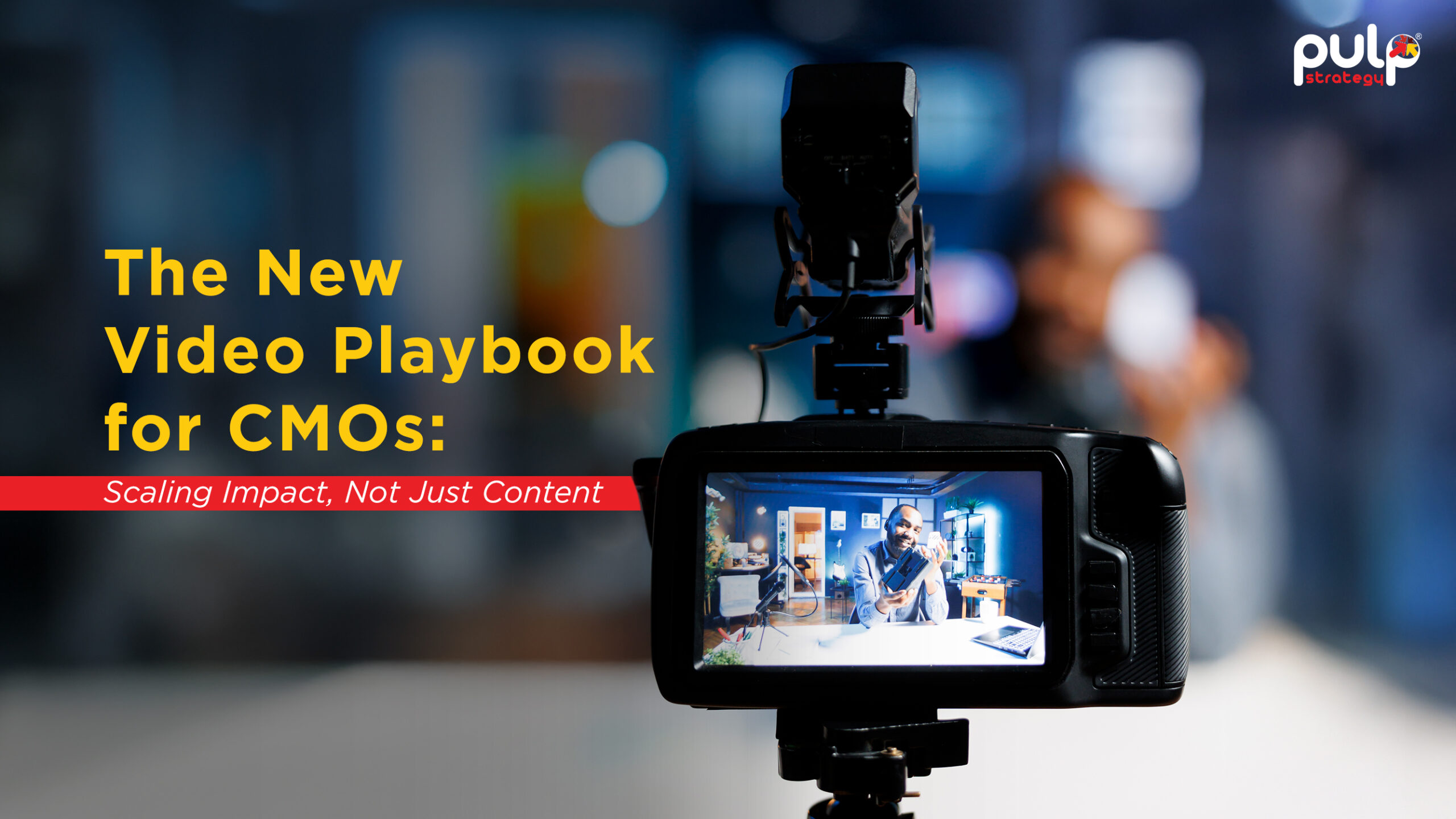Covid-19 has drastically impacted the retail industry, driving a massive shift from brick-and-mortar to online shopping for brands. No wonder, the brands are now investing heavily in taking their business online. However, experts say the “retail apocalypse” isn’t new. Even before the pandemic, brick-and-mortar shopping was falling out of favour. Though it may seem like Covid-19 accelerated the fall of shopping malls, trends over the past decade suggest that the pandemic is only accelerating the inevitable. Millions of consumers are changing their behaviour at the same time and opting for more time saving and convenience, which has put a considerable strain on e-commerce and online retailers today. How they choose to react will define the future of e-commerce.
Monthly “buy online” searches almost doubled in the first month of the pandemic. Analysis of the year-on-year trend for June 2019 v/s 2020 shows that the search rose globally by 50%. Not only that, the average YoY traffic growth of e-commerce sites in the first half of 2020 was around 30%.
Ecommerce traffic has consistently grown globally during the pandemic month (March-June 2020) with the average growth being 36% across all the categories.
Of all the categories, food, sports, home, and garden have shown significant growth. The source of the traffic comprises approximately 70% of all e-commerce sites visits.
However, the crisis took a toll on global digital ad spend, and most ecommerce companies have witnessed a drop in the average cost per click (CPC). On the bright side, this could mean that advertisers can get more value out of each dollar they spend.
Digital marketing in ecommerce trends are paving the way of modern businesses, and here's why an e-commerce site is what you need.
Why e-commerce is not just important but essential for your business
- Focus on traffic for increased sales
Currently, your customers are as dynamic as the monsoon rains. Since retail has been taken off-guard, digital retail is where the demand has shifted. Around 60% of all traffic to ecommerce sites is direct, which is indicative of the role that brand recognition and customer loyalty play for any business. The average YoY traffic growth for ecommerce sites in the first half of 2020 was around 30%. Getting enough traffic is essential for a consumer that's bargain-driven and inclined to be more aware of their options. More traffic growth would mean more conversion and increased ROIs.
- More reach - Access to International markets
One absolute benefit of e-commerce is its limitless reach. If you have a physical store, you are limited by the geographical area that you can service. With an e-commerce website, the whole world is your playground. Additionally, with the growing traffic source of e-commerce on mobile devices, it has dissolved every remaining limitation of geography and facilitated a seamless reach. All you need to do is market online and have an international approach to Google Ads, Product Listing Ads, Facebook, through geographical targeting. By 2023, retail ecommerce sales in the Asia Pacific are projected to be higher than the rest of the world combined.
- Re-targeting and Re-marketing
This is where your businesses shouldn't, and honestly, can't afford to lose out on prospective customers. To avoid this, you need to keep an eye on your consumer segments so that your targeting is on point. Following your customers even after they leave your website and appearing in their feeds from time to time is needed to keep your brand in their consideration set to boost the chances of purchase.
- Ditch the dependency
Having complete ownership of your business right from marketing to sales is essential. When it comes to online transactions, companies often rely on e-commerce giants like Flipkart and Amazon and negotiate profit margins with them. In most cases, these big ecommerce companies end up in taking a considerable chunk of their profits. With the right traffic, a secure and seamless checkout-process and a reliable payment gateway, your business need not be dependent on other e-commerce platforms and avoid losing profit margins.
How to get it right? Key areas that every business should consider:
- Focus on increasing traffic
Increasing traffic, both paid and unpaid, is vital to your business. Once you’re ready with your website launch, driving traffic enables you to boost conversions and ensure a higher ROI.
- Optimise your searches
Search Engine Optimisation (SEO) can help you gain New Customers. Online retail is driven by traffic from search engines. It is not unusual for customers to follow a link in search engine results and land on an e-commerce website that they have never heard of. This additional source of traffic can lead to further e-commerce business coming your way.
- Target it right
Know your customers in and out and analyse the customer segments. If your targeting isn’t right, you might go unnoticed from your customer’s scroll and lose out on lots of orders. Targeting your consumers in different segments lets your re-target effectively too.
- Analyse your competitors
Checking competitors’ strategies is the essential first step for building and improving the online presence of any brand. If you think your competitors are performing better at online retail, then you need to pinpoint where they are winning. Deep dive into their strategies like find out which high performing keywords competitor brands are using and figure out some new keywords to tackle within your ad campaigns could get some of the traffic that your competition is getting.
- Personalise content
Coming down to communication, the most effective way to nail this is to create targeted communication for different consumer segments. It allows you to speak to them with a personal touch and make the communication resonate with them.
How to make your e-commerce website ready for a sales surge?
- Website design is your first impression
Your ecommerce website design is your customer’s first interaction with your brand. You simply can’t go wrong with this. A unique design that translates your brand personality creates recall and retention, making the user know more about your brand. Ecommerce web development is vital to your digital commerce success.
- Load it with features
When designing an e-commerce website, get yourself into the shoes of your customer and take a tour of your website. If it's not appealing to you, it won't be appealing to your consumers as well. Focus on the user journey and make the navigation seamless along with consideration to user experience and interface. Content like testimonials, reviews, ratings and even AI chatbots are some must-haves for an impressive e-commerce website.
- Unleash the power of virtual showrooms
With the rise of digital retail, virtual reality has seen significant growth as well. More and more companies are creating virtual showrooms using technology to enable experiential buying and replicate the retail experience through AI assistant. This is a perfect example of putting in those extra efforts to stand out and have an advantage over your competition.
- Streamlined checkout process
Have you ever considered how easy it is to purchase something via Amazon or Zappos? Focus on balancing usability and building trust as if you were optimising your checkout process so that a five-year-old or 95-year-old could successfully make a purchase without a single doubt and having the need to call someone for help.
Get ready for the new normal: Upgrade your ecommerce website
Set in a quasi-uncertain backdrop, e-commerce brands are coming to grips with evolving consumer behaviour trends, purchase patterns, and situational habits. This is the right time for a quick site audit to get your website ready for the new normal.
Analyse customer data and identify new customers, personalize the navigational flow across your website or the mobile app, work on your user experience. The more customized your navigational journey, the higher the chances of you directing them towards a purchase – faster. Unleash the power of virtual reality and loop in AI driven live product recommendations and finally deliver the best-possible end-to-end customer experience and position yourself as a situation-aware, empathetic, and customer-centric brand. And, not come across as just an opportunistic and ROI-focused brand.
So, we’re saying
The COVID-19 pandemic has not only accelerated some of the trends we were witnessing in digital marketing before but also brought about some unexpected changes. While overall retail sales are down right now (there’s been a 21.6% decline from April 2019 to April 2020), online sales are bucking the trend. The NRF reports a 21.2% rise in online and other non-store sales over the same period. E-commerce sales will continue to climb as consumers wary of Covid-19 increasingly turn to the web to make purchases rather than shopping at physical stores.
The only way to top this transition is by catching up on the latest digital marketing trend in E-commerce and self-checking your progress on all points where it matters. Don't wait. Speed is the currency of today's environment. Too many retailers didn't see the decline in retail before Covid-19. Now they must embrace it to survive. Fortunately, today's modern tools allow ecommerce platforms to get up and running much faster than ever before.
Click here to get in touch with our experts today.







